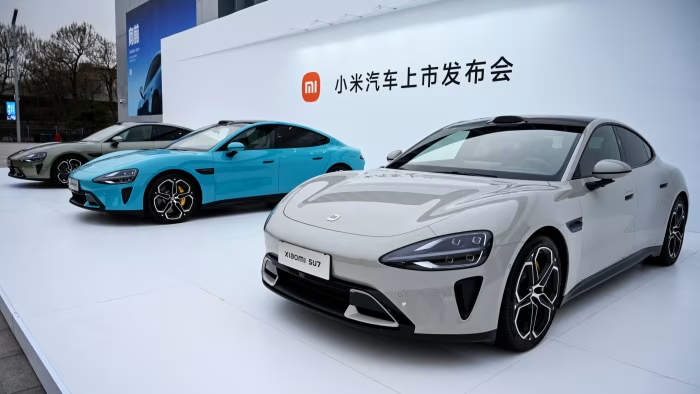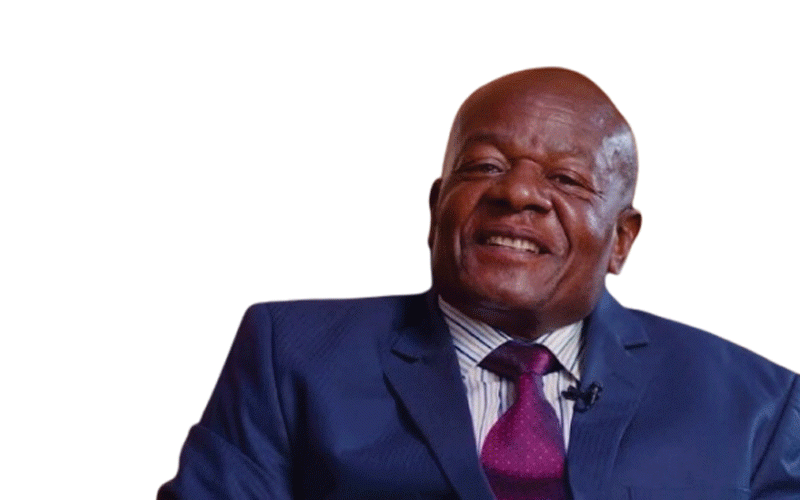
Electric vehicles (EVs) are at the forefront of automotive innovation, pushing the boundaries of what is possible with vehicle design and functionalities.
The evolution of the technology has attracted the biggest market in a record time compared to the hybrid and the reasons are informed by a multitude of benefits such as lower running costs, reduced environmental impact, reduced taxes and a more enjoyable driving experience.
This growing demand for EVs has led to an increasing number of EV producers to a record 300 companies currently as a direct response to a sharp rising market demand.
The world’s largest EV producer is Tesla from USA. Within China BYD is the market leader and other major Chinese EV companies include XPeng, Nio, and Li Auto.
Chinese automobile state-owned enterprises (SOEs) that previously specialised in traditional cars, such as SAIC, GAC, and BAIC, as well as private car manufacturers like Geely and Great Wall (Changcheng), have also entered the EV market.
Even non-automobile companies have decided to ride the EV wave.
Huawei and Xiaomi, two of China’s largest smartphone companies, now have their own EV brands.
The disgraced real estate giant Evergrande also had ambitious EV plans before the company collapsed into chaos.
- Village Rhapsody: Samsung Galaxy S22 series: What’s new?
- Zimbabwe deals help China tighten African lithium grip
- Zimbos team up to develop Android game
- Village Rhapsody: Samsung Galaxy S22 series: What’s new?
Keep Reading
Besides these large brands, many lesser-known EV companies still manage to capture customers.
The recent tarrifs war involving the USA, the European Union and China has brought new challenges to the Chinese EV manufacturers.
The tariffs halted the exports of these EVs to those specific markets resulting in China becoming overstocked of these cars that has exposed its production overcapacity.
But it is important to mention that the boom is the manufacturing of these EVs in China was not only for the export market but also for the domestic market. In China the equivalent of Uber is called Didi and apparently most of the drivers have switched from gasoline cars to EVs.
Many of these drivers explain that EVs allow them to save several hundred yuan per month, as electricity is much cheaper than gasoline.
But with oversupply of the EVs currently has created an unhealthy domestic “price war” between the Chinese EV producers.
This story creates a big impression of all things going bad for the EVs business. But l look at it differently.
I see an opportunity for the EV manufacturers to create partnerships with dealerships in Africa where the market for EVs is still untapped.
The recent success by some Chinese EV companies to enter the South African market such as BYD, Cherry Auto and Great Wall Motor (GWM) is a true testimony of what l am talking about.
But perhaps instead of jumping into the sales strategy l think the potential partners need to invest into solar powered charging points first because electricity supply is not as consistent in majority of the African countries.
Moreover, China’s local governments have a strong interest in ensuring the survival and success of local car factories – regardless of market conditions.
I, therefore, see strong government to government collaborations particularly on charging infrastructure setup in different counties or provinces within Africa.
Tapping from the Chinese local government’s strong interest it could make the joint ventures (JVs) get quick approvals if the African governments also approach China from their county or provincial government departments instead of the central governments.
One notable example is Hefei, the capital of Anhui province, which became the site of BYD’s super factory in 2021.
The Hefei government made tremendous efforts to support and facilitate BYD’s investment.
The negotiation between BYD and the Hefei government took only 23 days, an unprecedented speed for any local Chinese government.
When BYD claimed that the factory location was not flat enough for construction, the Hefei government mobilised over 1,000 trucks to move dirt and create a flat surface overnight.
The BYD factory became the anchor of Hefei’s EV industry, attracting BYD’s suppliers and leading to the emergence of a complete EV supply chain. Following BYD’s success, other car producers followed suit. Currently, there are more than six EV manufacturers and over 500 EV parts suppliers operating in Hefei. As a result, Hefei earned the reputation as China’s “EV capital”.
In 2023, the Wuhan Economic Development District adopted an action plan aimed at significantly enhancing the quality of Wuhan’s EV industry within two years.
The goal of this plan is to establish Wuhan’s EV sector as a national leader.
A “major leader” from the district heads the EV Development Leadership Small Group (LSG), which coordinates the implementation of the action plan.
The LSG includes notable agencies such as the district’s Development and Reform Committee, Economic and Information Bureau, Investment Attraction Bureau, traffic police, and other organisations related to the auto industry.
The LSG has established its office within the Economic and Information Bureau, which is tasked with overseeing the daily implementation of the plan.
This arrangement grants the Economic and Information Bureau – traditionally a weaker agency with limited policy enforcement tools – the authority to drive the action plan’s execution.
Under the action plan, SOEs such as Dongfeng serve as the “dragon head” of EV development. In practice, this means that the plan aims to transfer technology to Dongfeng and its current suppliers.
The ultimate goal is to bolster Wuhan’s local car manufacturers and make them nationally and internationally competitive.
This goes to confirm the big opportunity for us here in Africa to structure partnerships that attracts the confidence in buying the EVs by the local market and tap into the benefits that is triggering the rapid expansion of this industry.
Besides creating employment to many Africans this opportunity has the best capacity to increase the average number of cars to person currently at 44 vehicles per 1,000 people compared to the global average of 180 and 800 in the United States.
In Zimbabwe there are 11 cars for every 100 people and, therefore, we really have a need to increase the number of cars.
So the overcapacity of the EVs manufacturing in China is indeed a blessing in disguise to us and we should view the situation and table proposals that offer solutions to the “short term” serious problems for China’s EV industry.
I am aware and knowledgeable about the shipping consolidation of cars which allows export companies to keep their stocks at the ports of Dar es Salaam and Mombasa while waiting for the final customer to be identified and make payment that ultimately reduces the current pressure of focusing on cutting costs by the EV producers.
*Stanley Makombe has 25 years of experience in the motor industry, currently handling vehicle imports from Japan, Thailand, the UK, and South Africa into African countries. He is writing in his capacity and can be contacted on +254 743 900 590, on X @Stan_Carsales, email: [email protected], www.stanleymakombe.com











